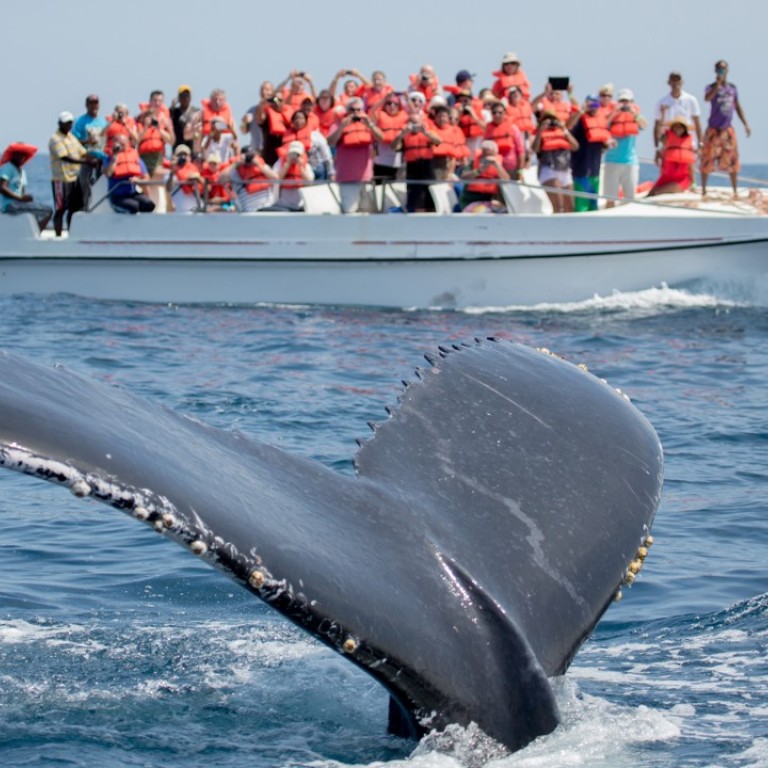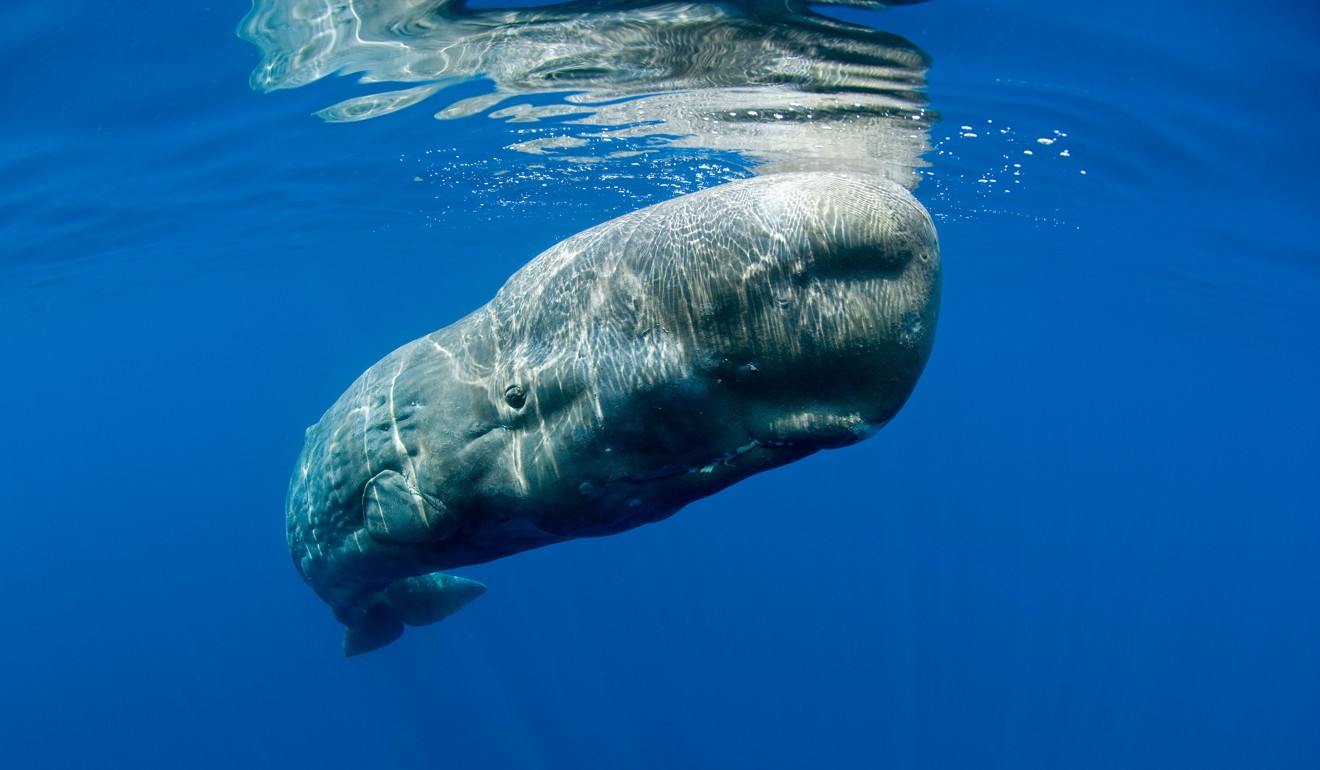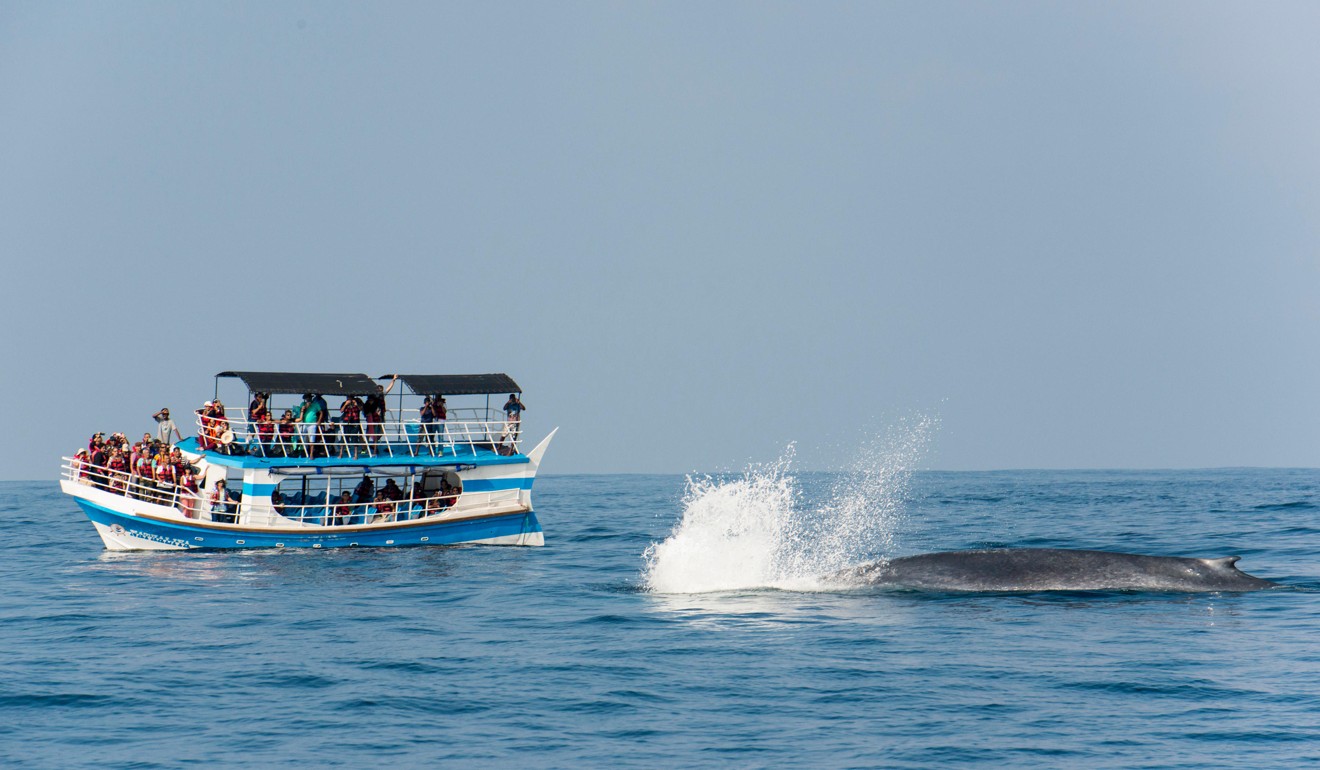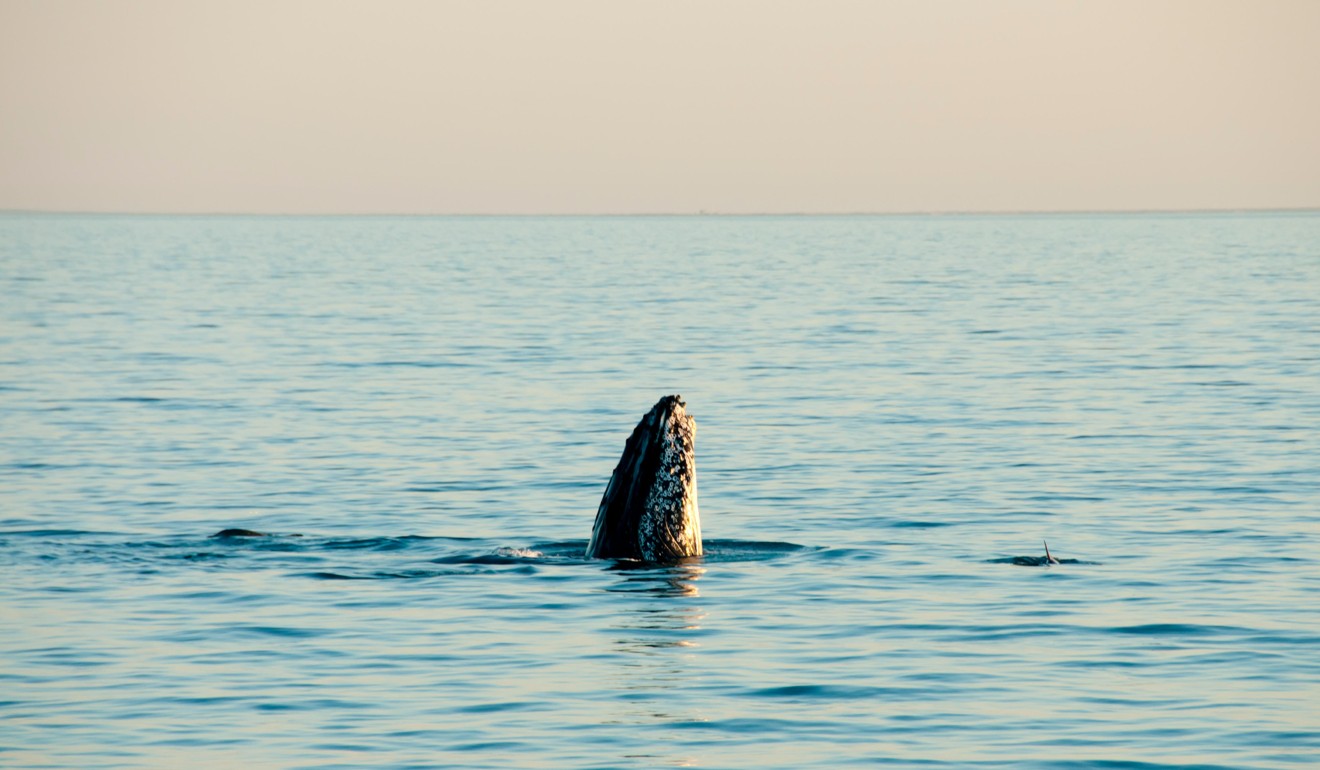
Whale watching: how to do it responsibly, and the five best places to see them
Seeing whales in the wild is one of the most memorable travel experiences you can have, but tour operators should put the welfare of these highly intelligent creatures first
We had endured four hours of rough seas and even rougher stomachs as we sailed deep into the Indian Ocean. The captain told us to watch the horizon for the telltale plumes of spray that shoot from a whale’s blowhole, but so far the only risk of spray was coming from the passengers.
Each time a plume was spotted, the captain revved the engines and headed straight for it. Within a few minutes there would be a call. “On the left side!” Everyone would run to the left. “To the right!” Ditto in the other direction.
Six of the best wildlife-spotting locations in South and Southeast Asia
By this point, half of the passengers were sitting at the back of the boat with their heads in paper bags. However, the fleeting glances of silvery skin we had got ensured that all 25 of us had seen something of a blue whale, meaning none of us would be getting a 50 per cent refund. The captain, though, kept going, further out to sea and into the storm. I had just read Herman Melville’s Moby-Dick, and the whale-obsessed Captain Ahab sprang to mind. Was this wise?
Then it happened. A huge blue whale surfaced not 20 feet (six metres) in front of the boat. It floated there for what seemed like several minutes (but was probably closer to 30 seconds), looking at all of us with an eye the size of a tennis ball. This was the moment. It was worth the wait, worth the 5.00am start, worth even the stomach-churning ride to get here.

“Watching whales in the wild is one of the most memorable travel experiences you can do,” says Justin Francis, chief executive officer and founder of Responsible Travel. “Seeing these magnificent, highly intelligent creatures in their natural habitat – rather than in captivity – is the only way to do it in my view.”
If your bucket list includes getting up close with one of these giant cetaceans, it is best to do so responsibly by finding an operator which puts the whales’ welfare first.

I was on a trip with Raja & the Whales, a tour operator based in Mirissa, Sri Lanka. The guides were incredibly focused on getting us to see a blue whale, but they made sure almost all sightings were from some distance and slowed down long before getting near any of the animals.
“Your skipper should always approach whales slowly and sideways, never from the front or the rear, and they should never cross the path of a whale,” Francis says. “Boats should slow right down when whales are spotted, and never spend longer than twenty minutes with cetaceans.”

It is critical that the boats do not split a pod of whales, he adds, as this could cause stress. It is also important not to crowd the animals; three or four boats watching the same whales is too much.

Walker explains that one of the troubles with such encounters is that boats have to get close to the whales to drop swimmers in the water – though “swimming” is a bit of a misnomer since people should be motionless to keep disturbance to a minimum. Another problem is that much of the “swim with whales” tourism is focused on whales with calves. “This is a time when animals are at their most vulnerable so extra care must be shown,” he says.
Walker recommends Conscious Breath Adventures in the Dominican Republic, Eye to Eye Marine Encounters in Australia, and Dolphin Encountours in Mozambique as three examples of responsible in-water whale-watching operators.
How Australia’s wild Outback is readying for Chinese tourist boom
Francis urges holidaymakers to choose operators primarily concerned with conservation rather than just tourism. On our boat in Sri Lanka, for example, one of the team was taking photos and recording observations for several marine wildlife research and conservation organisations.
Wherever you go whale watching, you’re likely to get a choice of operator so ask them about their responsible whale-watching policies. If you witness bad practices, contact the World Cetacean Alliance.
Five of the best spots for whale watching
1. Husavik, Iceland

2. Mirissa, Sri Lanka
3. Pico Island, The Azores
Are you contributing to animal abuse? Attractions to avoid on your next holiday
4. Punta Cana, Dominican Republic

5. Exmouth, Western Australia

